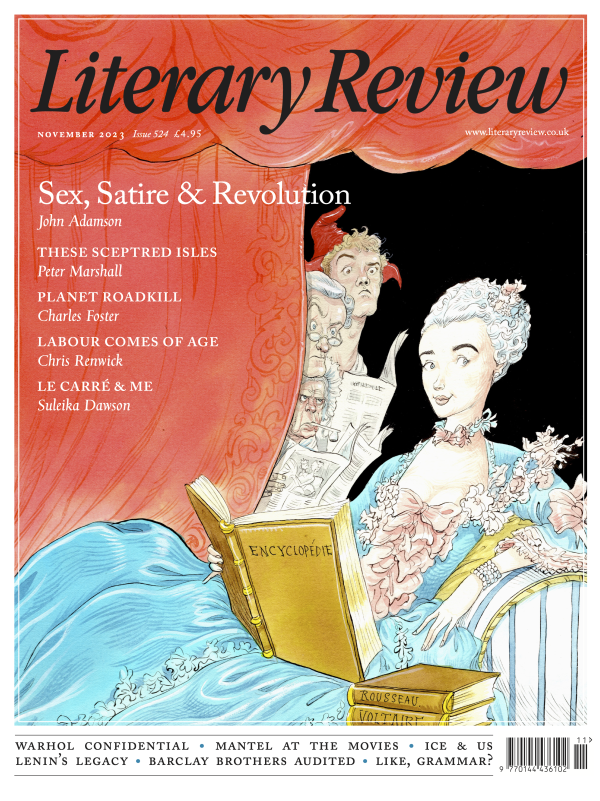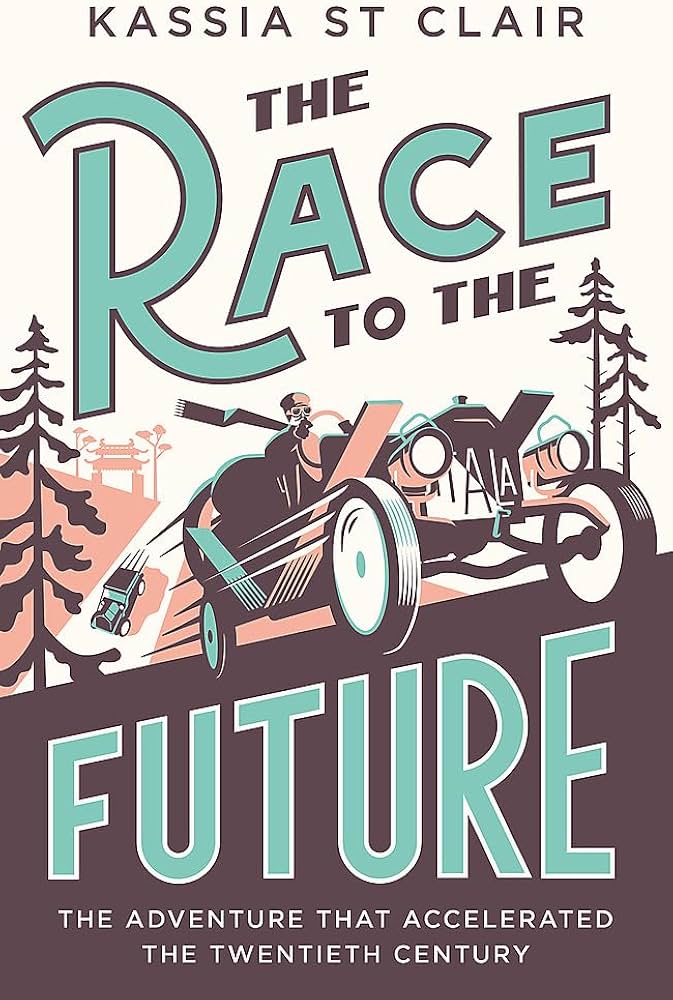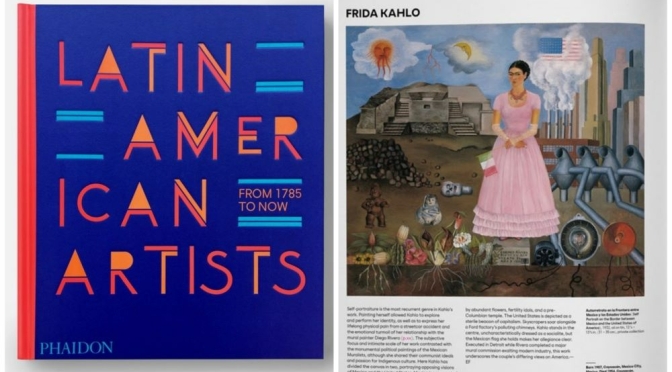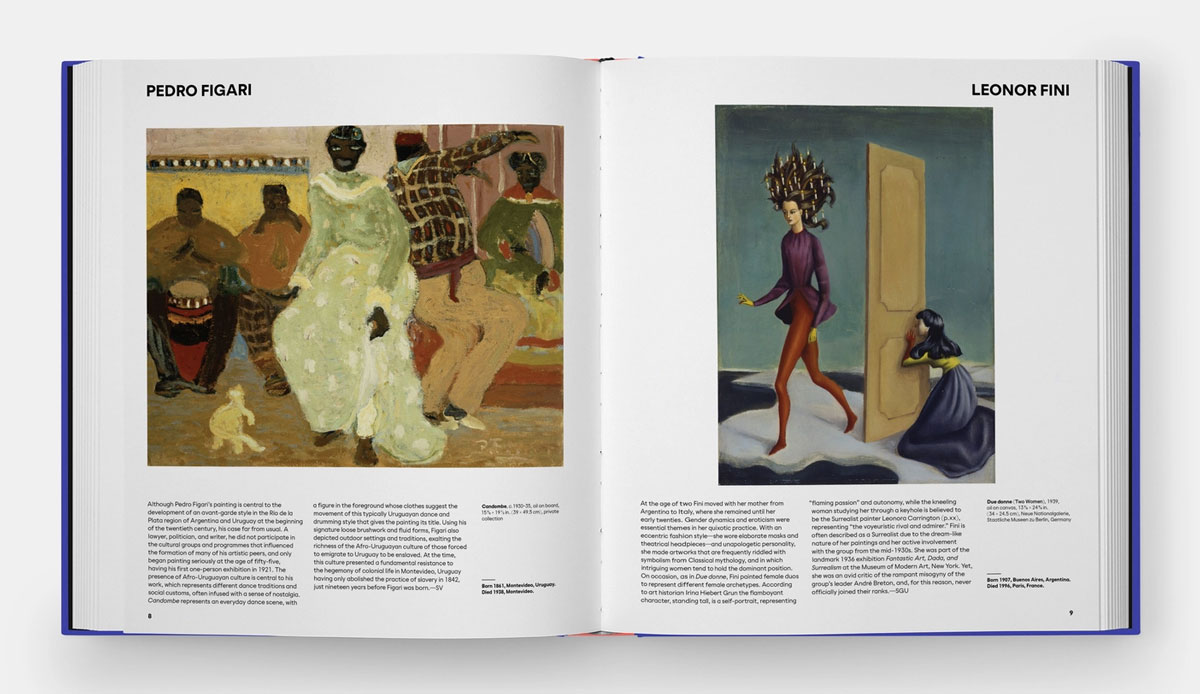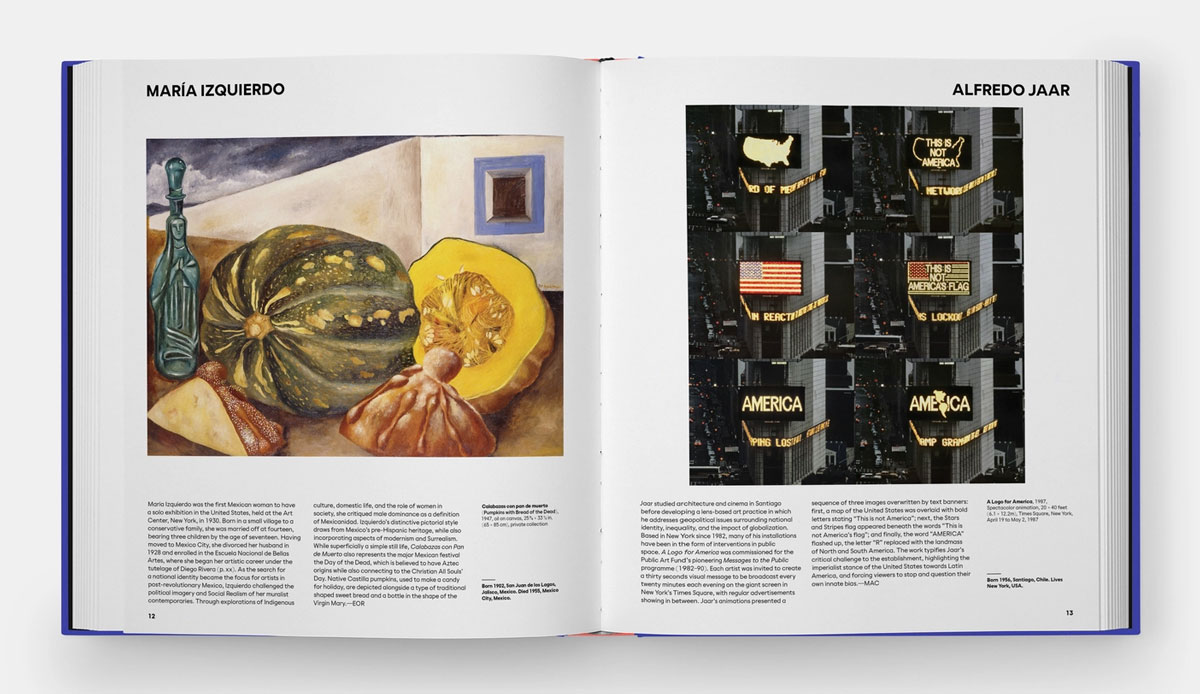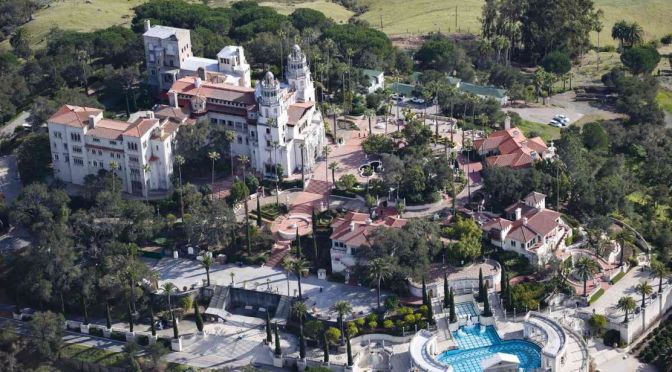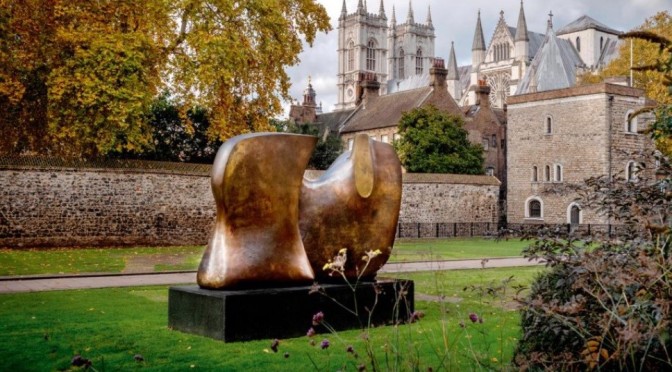

Literary Review – December 6, 2023: The latest issue, December 2023/January 2024, features the Christmas Double Issue; Architecture & Us; To Catch a Book Thief; Could We Move to Mars?; Milosz goes West; Ballard unplugged; To Brideshead Born and Maharajahs behaving badly…
Midnight’s Playboys – Dethroned: The Downfall of India’s Princely States

By John Zubrzycki
‘Unruly schoolboys,’ Lord Curzon called them, but then again, he had a penchant for understatement. John Zubrzycki’s new book on India’s last princely rulers is, in fact, Lord of the Flies meets The 120 Days of Sodom. Had Zubrzycki repurposed his material for a novel, he would no doubt have had some stern reviewer scribbling ‘too on the nose’ or ‘uninspired orientalist caricature’ in the margins. Yet the rulers of India’s 562 princely states were for real, and the Raj, resolute on ruling with a light touch, much preferred coexisting with them to conquering them outright.
The Poet’s Burden – On Czesław Miłosz: Visions from the Other Europe

By Eva Hoffman
In a late poem about a friend’s death, Czesław Miłosz writes of the long passage between youth and age as one of learning ‘how to bear what is borne by others’. It could be a summary of his own poetic witness. Eva Hoffman’s moving and eloquent essay traces the ways in which that simultaneously guilty, compassionate and fastidious response characterises Miłosz’s work from its earliest days. Bearing what is borne by others is, for Miłosz, close to the heart of the poetic task, but it is also fraught with risk.


